Brad Pitt's Fashion Is New to Him, But Not New
Brad: "We’re all going to die, so let’s mess it up.”
Thank you for subscribing to Back Row, the fashion and culture newsletter that says what other publications can’t. I recently introduced a paywall (to read more about why, check out this post). Paid subscribers ($5/month or $50/year) will get full access to every single new Back Row post, along with access to the full archive and the ability to comment. To upgrade your subscription, go to substack.com/settings, click on Back Row, and change your plan to paid. If you are new here, subscribe to get more posts like this sent to your inbox around twice a week.
Brad Pitt has abandoned a heteronormative movie star fashion aesthetic and the world has taken notice. Recent promotional exploits for his new action movie Bullet Train revealed a new fashion side of Brad. First there was his August GQ cover story, in which he wore a $7,400 vest in full black sparkle by Giorgio Armani, face rhinestones, a $15,550 tennis necklace, and a price-upon-request hat by Acne. The glam rock-flavored photos give us not the simple, tuxedoed, cookie-cutter hunk Brad of so many past staid award show red carpets, but the he’s-still-got-it, complex Brad who has excellent taste in architecture. (If you missed the stories about the notable “circa-1918” home in Carmel, California designed by Charles Sumner Greene he purchased for $40 million, don’t sleep on it.)
He then walked a red carpet in Berlin, working both that sweet overseas film revenue and a brown linen set that included a skirt.
The look must have been a massive relief to everyone writing internet headlines on July 19.
Two days later, GQ.com published an interview with the skirt designer Haans Nicholas Mott.
The skirt “cement[ed] Pitt’s new style era.” And that was even before he slipped into a flowy Kermit green-colored suit to attend the Los Angeles Bullet Train premiere, where Marc Malkin asked Brad directly about why he wore the skirt:
“I don’t know! We’re all going to die, so let’s mess it up,” Pitt told Variety’s Marc Malkin.
The more concise term you are looking for, Brad, is YOLO. (Call me when you need a ghost writer for your memoir. Or children’s book.)
Brad has long had this YOLO attitude about being a Hollywood mega-hottie, if Gwyneth Paltrow is to be believed. In a 1995 syndicated newspaper article, a period when the tabloids were salivating over their then-new romance, she said, “Sometimes when I get apoplectic about all this stuff that’s going on, he says, ‘This is so not-big. This is so not-important. Just take it in stride and let it all go.’”
Pitt’s fashion YOLO phase may be experimental for him, but it’s not experimental for fashion, or for men. Anyone who has followed celebrity fashion in recent years has noticed gender norms have been falling away from red carpets like paint chips off an old house. Harry Styles’s fashion just is now — no one would think to ask him about why he wore a skirt. (This is not to insult Malkin — I would ask about the skirt, too, if not that exact question.)
Truly unisex fashion — where women dress in a more “masculine” way and men, more “feminine” — has been somewhat mainstream since the mid-2010s. Women’s magazines for decades had extolled the virtues of shopping a boyfriend’s closet or buying “androgynous” suiting, but the same “shop her closet” advice wasn’t bestowed upon men. In the nineties and early 2000s — when Brad was at peak hunky movie star, an archetype of American male hotness — the world’s biggest actors were walking red carpets in often mostly identical suits and tuxes that barely merited notice or discussion. When I was writing ANNA: The Biography, I had the joy of reporting on the story of Mogue (Men’s Vogue), which launched in 2005. Anna Wintour ran Mogue, and sources told me she preferred for men’s fashion spreads to feature women, and that the fashion itself embody a fairly narrow vision of banker chic (suits, nice watches, brogues). Mogue went bust in the recession of 2008.
Fast forward to 2015, when Selfridges introduced a section for “agender” clothing, prompting the Guardian to declare, “The ‘genderless approach to fashion’ has gone mainstream[.]” What the paper really meant was that the “genderless approach” just went “mainstream” for men — it had been mainstream for women for decades.
The shop at least showed that the fashion industry itself was thinking about a genderless future. In 2016, J. Walter Thompson released a study that found that less than 50 percent of Gen Z customers always shop according to gender across a range of categories, while this was not true for Millennials.
Now it was really time for fashion companies that hadn’t yet to prepare for this next wave of customers. Many high fashion designers — as evidenced by so many men’s runway shows that had long thrown gender norms to the wind — were all over this. In 2015, Women’s Wear Daily called Loewe creative director Jonathan Anderson “no slouch with his J.W. Anderson brand,” saying he “fann[ed] debate about genderless fashion.” Last year in British Vogue, he said:
I also believe that fashion must get to a point where we don’t have to talk about what gender anyone is, where we just see the beauty in people. The people in fashion are incredibly liberal and the industry is made up of misfits who love creativity – the work should reflect that, championing many, many different ideas about what can be beautiful.
Though Harry Styles, the first man to appear solo on the cover of Vogue (for December 2020, wearing a Gucci dress), is held up as an icon of gender fluid dressing today, he was predated by other male celebrities.
Take Pharrell, who made headlines in 2007 after he was photographed in New York with an oversized purple croc Birkin. Here he is talking about his approach to fashion in a 2019 GQ interview:
So what shifted for you, that you realized you could carry a purple crocodile Birkin bag in 2007, or that you could show up to a GQ shoot in 2015 with a pastel Céline coat? At the time, wearing even select pieces of womenswear was unheard of.
Well, I'm ashamed to say it was an aesthetic choice first. I liked something, and I put it on. Then the philosophy came behind it. And I do have my lines. Like, I can't wear no skirt. Nor am I interested in wearing a blouse. That's not my deal. But things that are made for women that I feel will look good on me—that I like—I will wear.The musicians who are following in your footsteps when it comes to blurring the gender lines of fashion—the Young Thugs and Lil Uzis—they're into that. That's totally for them.
And my point is, why not? What rule [is there]? And when people start using religion as the reason someone shouldn't wear something, I'm like, What are you talking about? There was no such thing as a bra or blouse in any of the old sacred texts. What are you talking about? I was also born in a different era, where the rules of the matrix at that time allowed a lot of things that would never fly today.
The Met Gala has also been a hugely visible venue for famous men to flagrantly disregard heteronormativity. At this year’s gala, it was downright hard to find a dude in a traditional penguin suit. Last year, Pete Davidson attended wearing a dress. In 2019, Odell Beckham Jr. attended in a kilt. (Both looks were by Thom Browne, who has long shown skirts for men.)
Brad Pitt’s recent fashion may be wild for him, but looks tame and unremarkable compared to what men have been wearing the fashion wild for years now. That said, the media fixation makes sense. The looks are a shift for Brad, and Brad is hugely famous, and we care about what hugely famous people do and say and wear. It’s also perhaps notable that he chose to wear a skirt and candy-colored suits to promote an action film, long an entertainment vessel for heteronormativity. (I haven’t seen the movie, but Vulture wrote in its review: “[A]mid all the shooting and slicing and punching and stabbing, we can almost make out the contours of an interesting philosophical question: Is it better to care and die or to have nothing to live for and survive? But then someone’s head accidentally blows up or they suddenly get run over by a truck, and it’s on to the next thing.”)
GQ conducted a great email interview with Haans Nicholas Mott, the designer of Brad’s recent looks including the skirt set, who has had a referral-only private clothing business since 2010. I love that stories like this highlight an interesting designer many will not have previously heard about, along with a thoughtfulness about fashion that many men are probably still afraid to adopt. Mott’s responses came entirely in lower-case:
“i love working with mr pitt because he has a clear sense of how he wants to be in the world and we make work in that space, i.e. mr pitt proposing an espresso linen skirt to go with the linen jacket”
…“the wearer must do real independent work to understand how they want to be in the world, i cannot do this work for them,” Mott continues. “i must do real independent work to understand how i want to make / build in the world, they cannot do this work for me. there is a shared authorship with strict (albeit resonant) individualities at play, unfolding as a dialogue of joint action.”
Even if Brad is being celebrated for fashion trends seen for years on other celebrities who never got the same recognition for it, the fixation on his clothes seems like a good thing. Fixating on women celebrities’ clothes has long been mainstream — and lambasted. Fixating on men celebrities’ clothes, to the extent that we ask them on red carpets about a certain item of clothing they wore weeks ago that may have struck the average non-fashion-following person as odd, should be mainstream too. After all, fashion is entertainment. And, as Brad said, we’re all going to die. So why not just go for it?
If you haven’t yet, subscribe to Back Row to support independent fashion and culture journalism and get more articles like this sent to your inbox around twice a week.




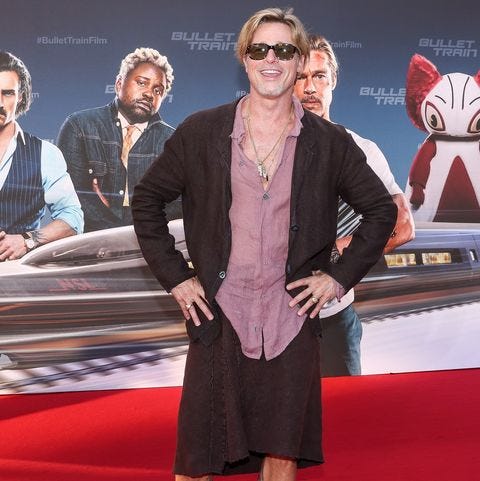
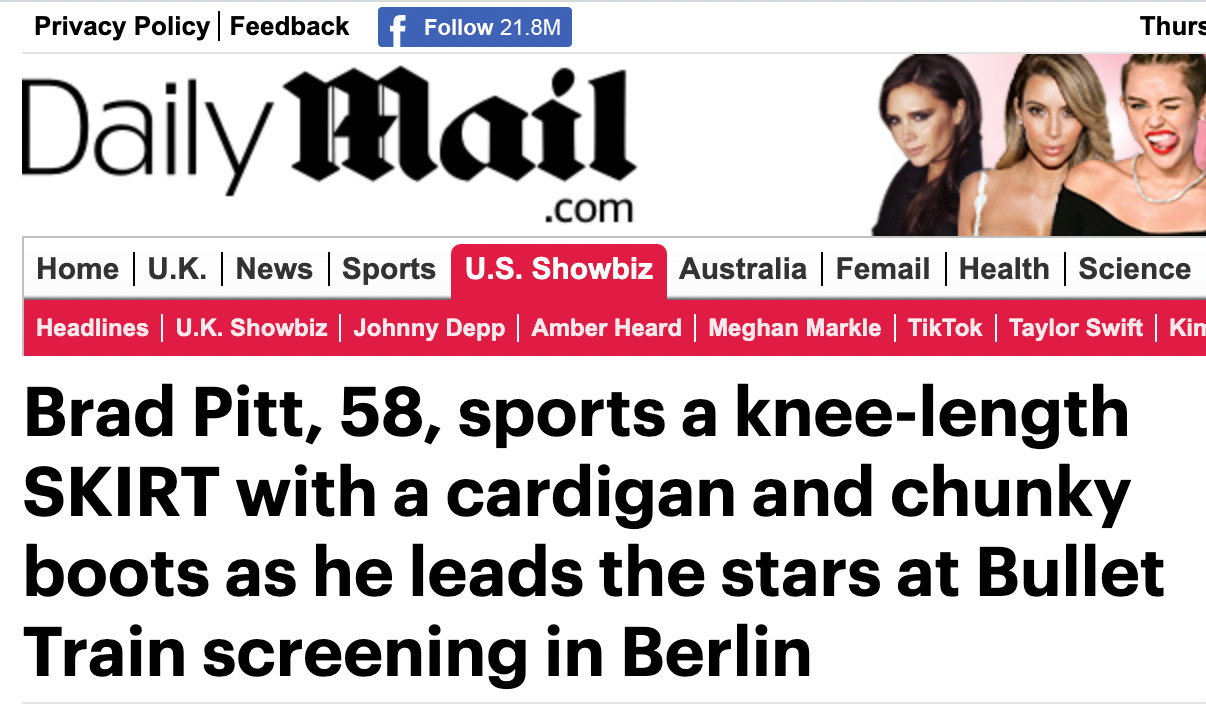

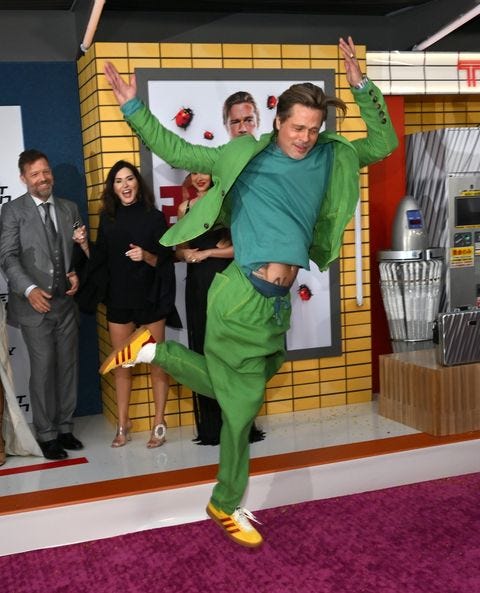
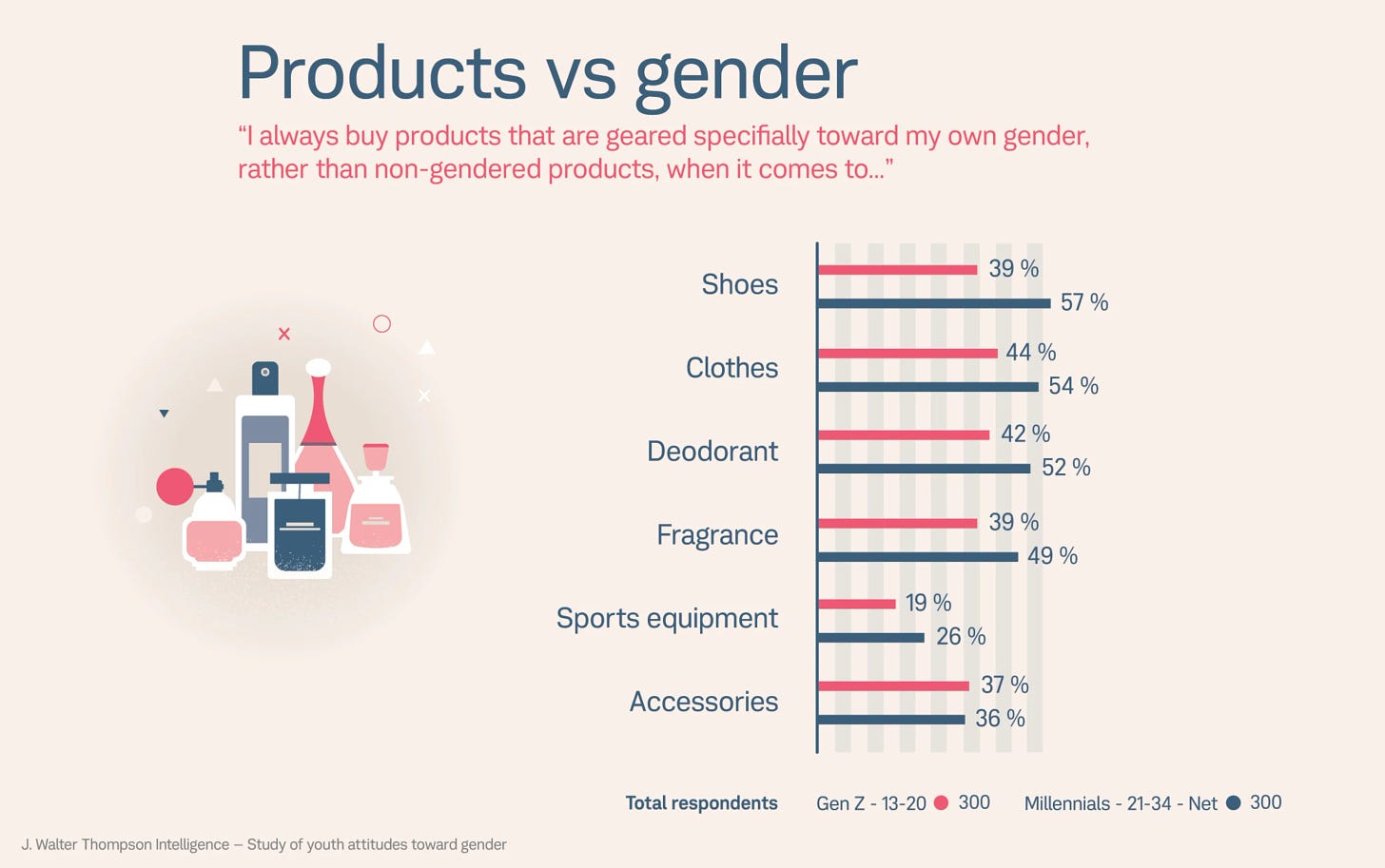
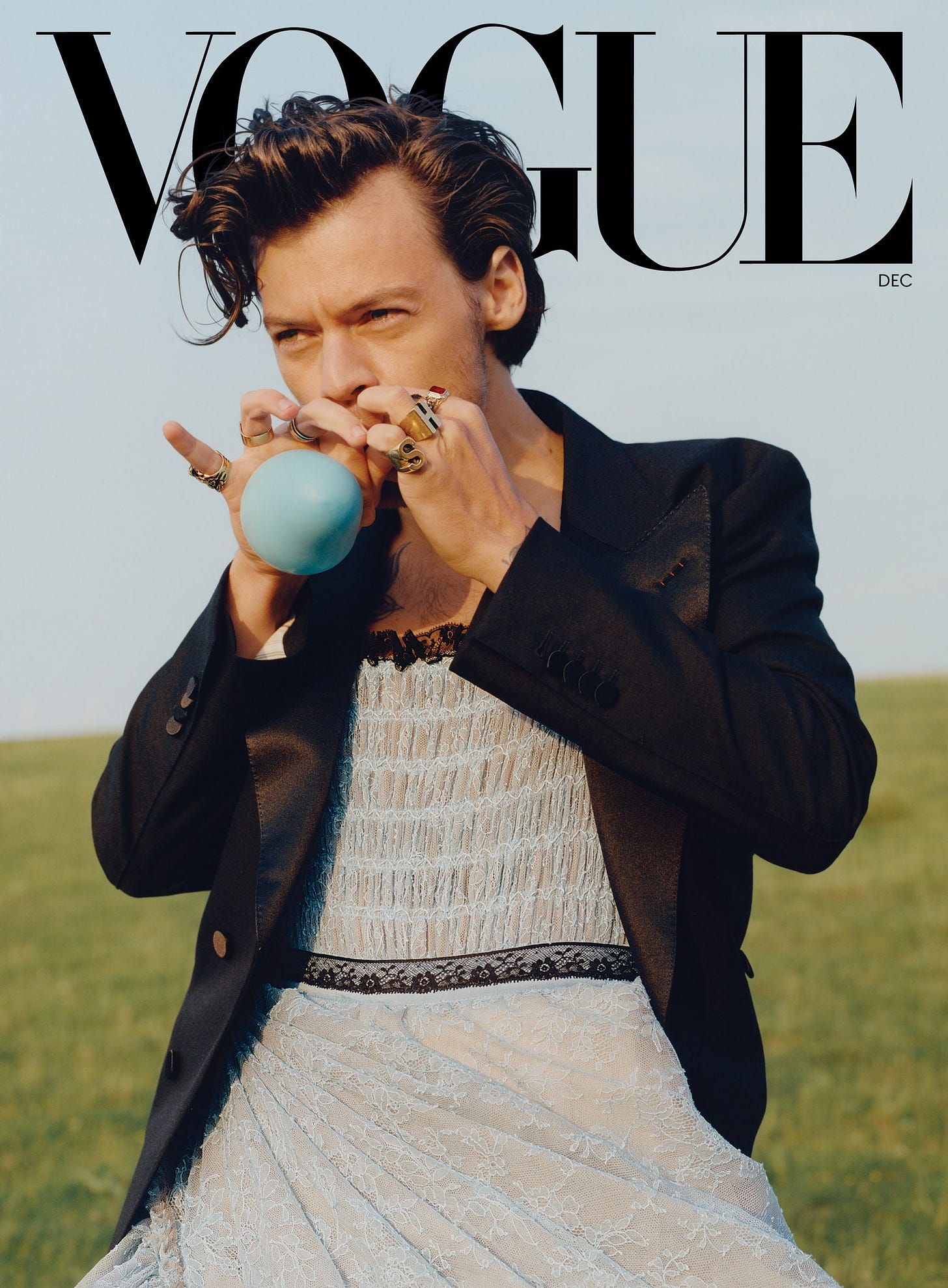
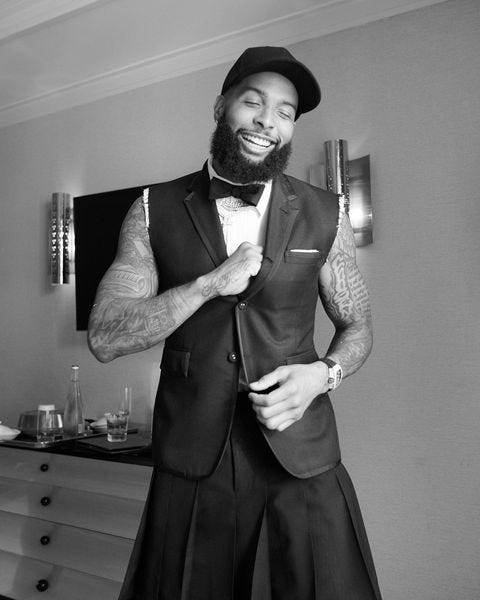
It's rather astonishing thinking back to Men's Vogue. It was as if (even in 2007) the kind of reader they were catering to didn't really exist.
I rather like my life, but I wouldn't mind coming back as Brad Pitt and enjoying his preternatural YOLO attitude, in fashion or otherwise!